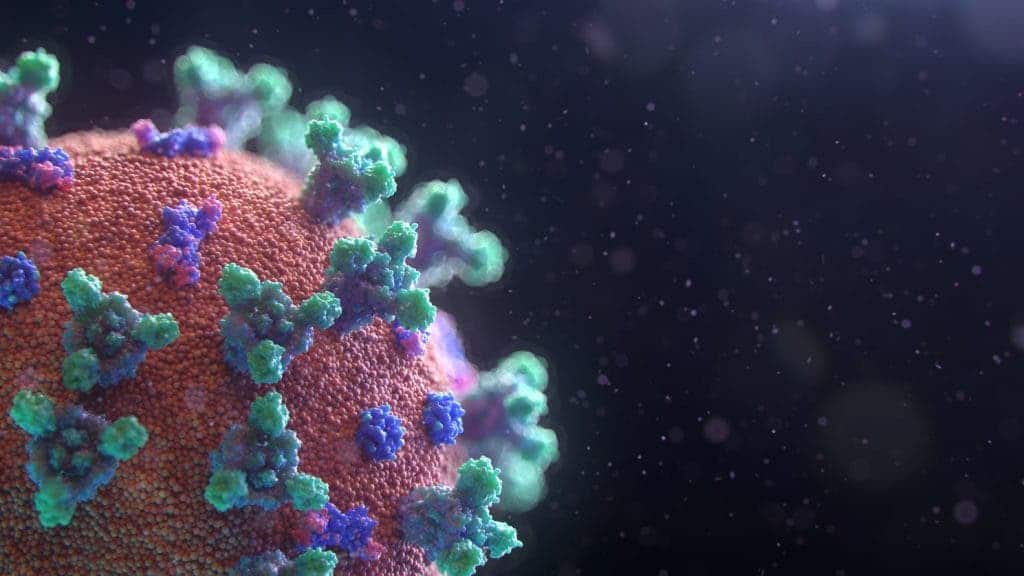
Last year, the COVID-19 variant that swept across the UK drew headlines. It was more transmissible than pre-existing variants, and possibly, more likely to cause severe disease. The highly infectious B.1.1.7 variant spread to other countries, with University of Exeter researchers noting that the variant had been detected in over 50 countries worldwide, and slowly replacing the original one. A scientific team including epidemiologists has quantified the variant’s severity: Variant B.1.1.7 of COVID-19 (also called the “B.1.1.7 lineage”) is between 30 and 100% more deadly than previous strains.
Their study looked at death rates among people infected with the new variant that led to 227 deaths in 54,906 patients. That was more than the 141 deaths in the same number of patients, closely matched, who had previous strains. This variant appeared to them to be more lethal.
“We expect this to be associated with changes in its phenotypic properties because of multiple genetic mutations, and we see no reason why this finding would be specific to the UK. This development, borne out in epidemiological analyses, implies that the rate of patients with serious infection requiring hospital attention will increase.”
The researchers’ study was published in the British Medical Journal on March 10. Leon Danon, senior author of the study, said in a news release that they focused their analysis on cases that occurred between November 2020 and January 2021, identifying the B.1.1.7 variant from genomic sequencing of samples from patients with Covid-19. In England, the variant has already taken over.
“During December this new variant spread from the south east to London and the rest of the UK, with three quarters of infections being attributable to the new variant by 31 December 2020.”
There can be no rest for weary COVID-19 health monitors any time soon, and researchers are wary that new variants can emerge at any moment — in Brazil or South Africa, it’s already happening..
“SARS-CoV-2 appears able to mutate quickly, and there is a real concern that other variants will arise with resistance to rapidly rolled out vaccines. Monitoring for new variants as they arise, measuring their characteristics and acting appropriately needs to be a key part of the public health response in the future.”
Illness more severe
Meanwhile, another study about mortality in cases of SARS-CoV-2 lineage B.1.1.7 was accepted for publication in Nature. Author affiliations included the Center for Mathematical Modeling of Infectious Diseases, London School of Hygiene and Tropical Medicine. The authors estimate “a 61% (42–82%) higher hazard of death associated with B.1.1.7. Our analysis suggests that B.1.1.7 is not only more transmissible than preexisting SARS-CoV-2 variants, but may also cause more severe illness.”
By now, it’s become abundantly clear that we are all in this together. There is no real getting back to normal until the whole world goes back to normal. Otherwise, the risk of a new variant emerging — one that could invalidate all our hard work up to that point — could emerge.
The good news is that vaccines seem to be effective against the variant. The Pfizer, Moderna, AstraZeneca, and Johnson and Johnson vaccines all seem to offer robust protection against the variant. For now though, most countries are still far away from reaching any form of herd immunity. Restrictions are not behind us just yet.
For nearly 20 years, William Haseltine was a professor at Harvard Medical School and the Harvard School of Public Health. “Last winter and spring, we saw our future in Italy,” he wrote in Forbes. “When Italy reached its plateau, it started lifting restrictions. Did Italy’s numbers stay level? Not in the least. As I write, Italy is headed back into lockdown, with cases having peaked again at just over 26,000, an equivalent of roughly 146,000 cases per day in the US.”
We continue to need to drive down new infections.
“There will be time for a party, but that time is not now,” said Dr. Haseltine. “First let’s take advantage of the warmer weather to reinforce mask wearing, social distancing and outdoor gatherings only to bring down new infections closer to zero—at least under a couple thousand. Then, and only then, can we start thinking about the plan needed to restart the party.”


